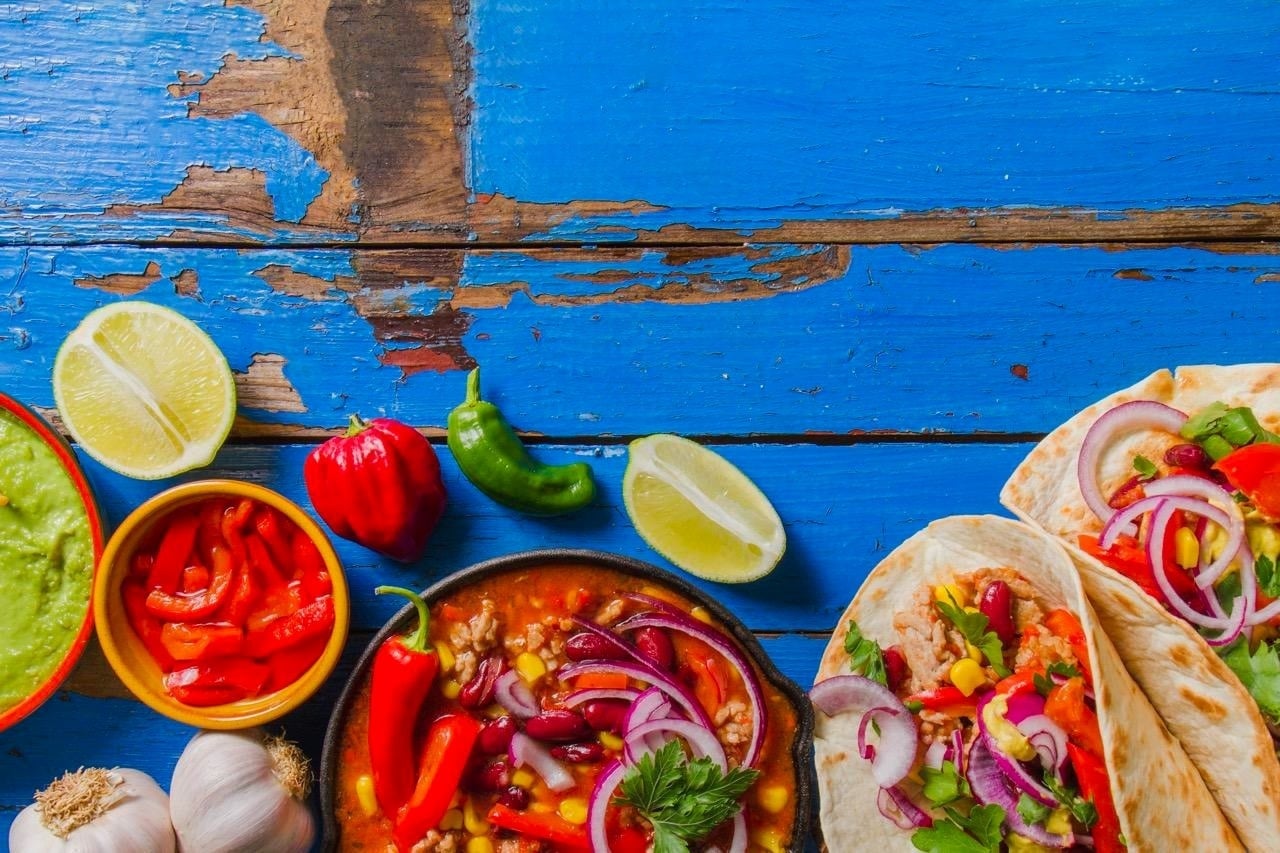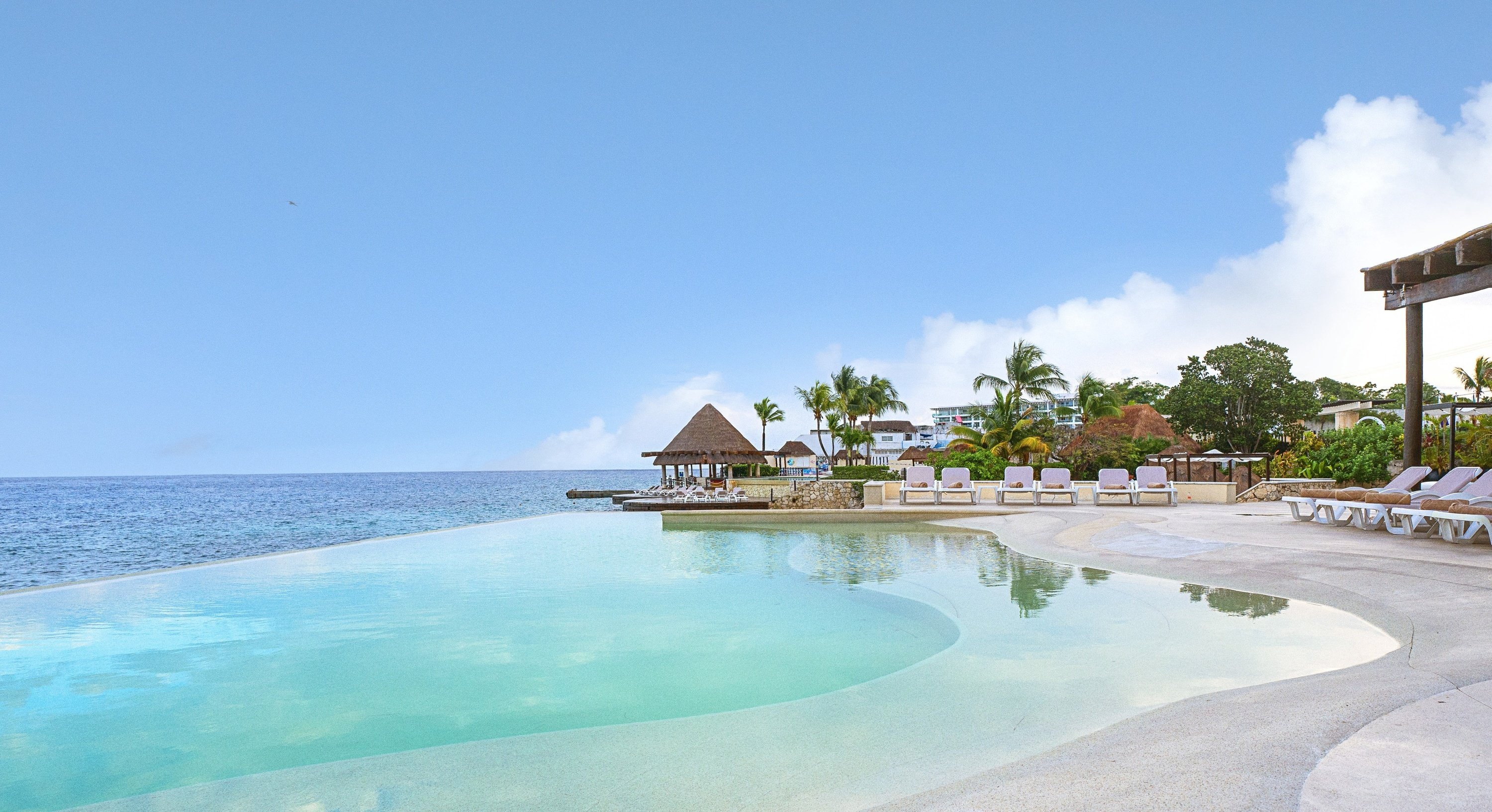Death in Huichol mythology
Entertainment 22/09/2023
The Wixárika culture, commonly known as Huichol, is a sample of resistance of pre-Hispanic cultures. Their beliefs and rituals have survived historical attempts at conquest and extermination. They maintain a cosmogony in which death is one of the bridges that unite the divine with the human.
The Huichol maintain their own conception of the origin and history of humanity, which for them is “cosmic” or true. Their Gods are conceived as ancestors and are represented in colorful mosaics. In them we can find corn, peyote and deer as central figures.
These symbols show the way in which the Huichol conceive of death: as a transition process to return to divinity, to the cosmos. By considering the gods as ancestors, their dead relatives become semi-divinities.
The Huichol live integrated with the world of the sacred and coexisted with it through various mystical experiences represented in rituals. This causes them to establish a kinship between both worlds.
Despite the above, this culture does not celebrate the Mexican holiday of the Day of the Dead, as occurs in neighboring communities, but they do maintain a ceremony that is performed when someone dies.
They believe that, at the moment of death, the soul of the deceased begins a process to reunite with the whole. Then it becomes air or cloud over the heads of its relatives, which is why they consider the corpses sacred and untouchable.
Their conception of the death process is similar to other Mesoamerican groups, such as the Aztecs. The Wixaritari believe that upon death the soul must go through a difficult journey, full of trials, that leads it through five levels that descend to the underworld.
They believe that the first place where the soul meets its ancestors is in front of an amate tree. For the living, all contact with the dead is prohibited, so they build “ririkis”, which are small sanctuaries in which they protect the body along with ritual objects and representations of their gods.
The Huichol believe that the dead person returns to the earth after five years, now converted into rock crystal. But in case this does not happen, one way in which they can honor their dead and address them, as time passes, is through the ririkis themselves, who are located in what they know as “ranch of the dead”.
The Wixárika culture is located mainly in the states of Jalisco and Nayarit. One way to get to get to know this community is through the “Huichol Route”, which begins on the beaches of these states. Grand Park Royal Puerto Vallarta is an excellent option to stay, because from this place you can go to the other points that make up the route, such as Rincón de Guayabitos, Punta Mita, Peñita de Jaltemba, Tepic and San Blas.
The Huichol maintain their own conception of the origin and history of humanity, which for them is “cosmic” or true. Their Gods are conceived as ancestors and are represented in colorful mosaics. In them we can find corn, peyote and deer as central figures.
These symbols show the way in which the Huichol conceive of death: as a transition process to return to divinity, to the cosmos. By considering the gods as ancestors, their dead relatives become semi-divinities.
The Huichol live integrated with the world of the sacred and coexisted with it through various mystical experiences represented in rituals. This causes them to establish a kinship between both worlds.
Despite the above, this culture does not celebrate the Mexican holiday of the Day of the Dead, as occurs in neighboring communities, but they do maintain a ceremony that is performed when someone dies.
They believe that, at the moment of death, the soul of the deceased begins a process to reunite with the whole. Then it becomes air or cloud over the heads of its relatives, which is why they consider the corpses sacred and untouchable.
Their conception of the death process is similar to other Mesoamerican groups, such as the Aztecs. The Wixaritari believe that upon death the soul must go through a difficult journey, full of trials, that leads it through five levels that descend to the underworld.
They believe that the first place where the soul meets its ancestors is in front of an amate tree. For the living, all contact with the dead is prohibited, so they build “ririkis”, which are small sanctuaries in which they protect the body along with ritual objects and representations of their gods.
The Huichol believe that the dead person returns to the earth after five years, now converted into rock crystal. But in case this does not happen, one way in which they can honor their dead and address them, as time passes, is through the ririkis themselves, who are located in what they know as “ranch of the dead”.
The Wixárika culture is located mainly in the states of Jalisco and Nayarit. One way to get to get to know this community is through the “Huichol Route”, which begins on the beaches of these states. Grand Park Royal Puerto Vallarta is an excellent option to stay, because from this place you can go to the other points that make up the route, such as Rincón de Guayabitos, Punta Mita, Peñita de Jaltemba, Tepic and San Blas.















